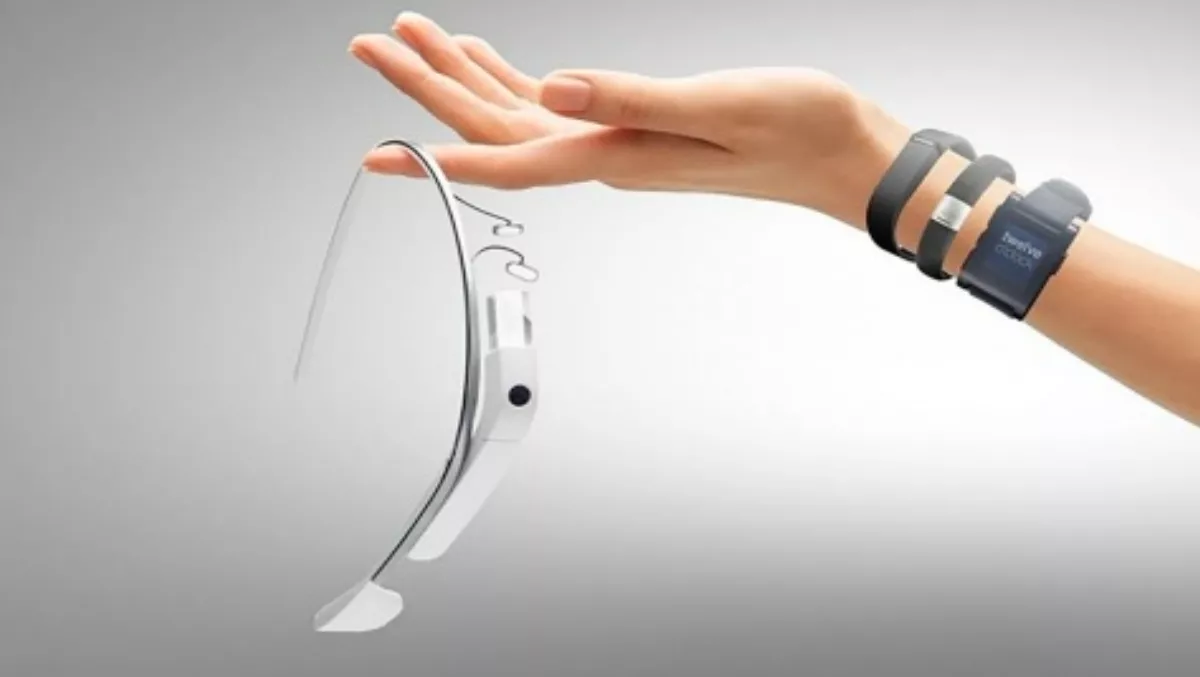
Wearables are the latest disruptive technology, Frost and Sullivan says
The latest report by Frost and Sullivan raises the question, will wearables be the next enterprise game changer?
Wearables offer unique attributes and a range of applications that can suit a wide range of industries. Not only that, they offer a platform for continued innovation. Given this, wearables could very well be the latest disruptive technology to command attention and ignite change.
The Frost and Sullivan report looks at the state of this emerging technology and the potential impact it will have on enterprises.
“Wearables could seriously challenge the status quo in several industries and could substantially enhance process efficiency, customer experience and worker safety in hazardous work environments,” says Arvind Arun, Industry Analyst, ICT Practice, Frost and Sullivan.
The market for wearables is currently worth US$8.5 billion and is set to grow at an increasingly rapid pace, according to Arun.
Over the next five years, the market is estimated to grow to US$37 billion at a Compound Annual Growth Rate (CAGR) of around 34 percent.
The uptake of wearables in enterprises will happen at a particularly fast rate, the report says. Volume shipments are set to grow at a CAGR of around 75 percent from 2014-2018.
The report highlights three drivers that will propel the market forward. The explosion of the Internet of Things (IoT) ecosystem and the fact that wearables could potentially act as a gateway to the IoT world is one.
Another is the fact that wearables have the ability to provide contextual computing capabilities, opening up new avenues of growth and possibilities. Finally, wearables empower the wearer, giving this technology several disruptive attributes.
Arun says in order to fully realise the potential and promise of wearable technology, the industry must acknowledge challenges such as technical limitations, encouraging the app developer community and wearable data management.
By facing these challenges, the industry can find solutions and no longer face problems such as battery life, versatility, robustness of sensors and interoperability between devices and platforms, says Arun.
Arun also highlighted particular industries where wearables have a higher chance of becoming commonplace.
“Like all disruptive technologies, wearables will immensely benefit certain industries such as Healthcare which is likely to see a sharp increase in prophylactic therapy and preventive medicine," he says.
"On the other hand, wearables will increase the practice of “showrooming”, which could put additional stress on traditional retailers. Also, wearables could serve as an alternative to credit and debit cards and hence may further disrupt the payment industry.”
However, no matter the size of your organisation, the industry you operate in, or the nature of your customers, wearables are said to change the way businesses work, compete and deliver value to the marketplace.


